Abstracts
Beyond the ‘I’ in AI
8:30 a.m.–9:05 a.m.
Insight. Implementation. Integration. AI, or artificial intelligence, is transforming the products we build and the way we do business. It also presents new challenges for those who need to build AI into their systems. Creating an “AI-driven” system requires more than developing intelligent algorithms. It also requires:
- Insights from domain experts to generate the tests, models, and scenarios required to build confidence in the overall system
- Implementation details including data preparation, compute-platform selection, modeling and simulation, and automatic code generation
- Integration into the final engineered system
Join us as Mike Agostini demonstrates how engineers and scientists are using MATLAB® and Simulink® to successfully design and incorporate AI into the next generation of smart, connected systems.
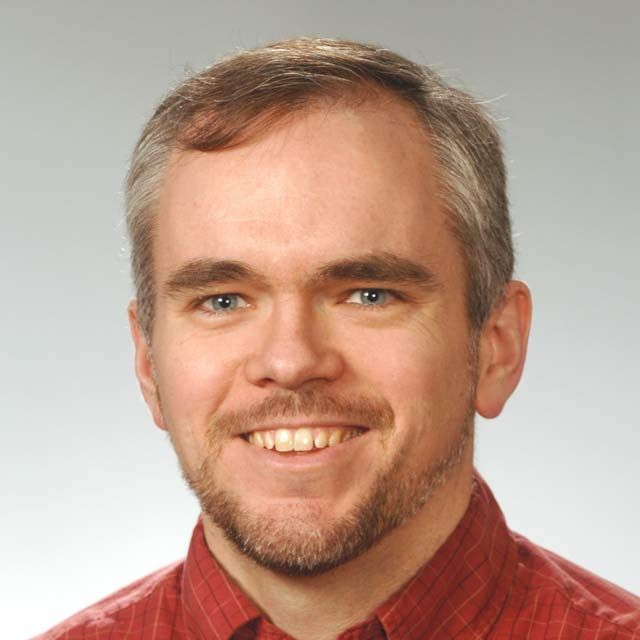
Mike Agostini, MathWorks
Next-Generation Wi-Fi Networks for Time-Critical Applications
9:05–9:45 a.m.
Wireless Time Sensitive Networks (TSN) is an emerging research area, which can enable new applications and services for many industrial automation systems that rely on time-synchronized (and timely) communication among sensing, computing, and actuating devices. Feasibility demonstration using hardware platforms is a required step before wireless technologies can be adopted in soft and hard real-time industrial applications. However, in order to experiment with time synchronization and other TSN features that control latency and reliability over the wireless medium, it is fundamental to have access to lower level MAC and PHY layer implementations. This presentation introduces a wireless platform for experimental work in the Wi-Fi physical layer. Next-generation Wi-Fi being defined by the IEEE 802.11ax Task Group introduces several features and capabilities that can significantly improve the support for industrial automation applications.
We have recently demonstrated an 802.11ax baseband experimental implementation (with select features) on an Intel Arria 10 FPGA platform integrated with an off-the-shelf analog front end. This SDR platform enables the development of techniques to optimize latency in FPGA and application-specific implementations. For instance, several latency optimizations were developed using this platform, including parallelization techniques for binary convolutional codes, low-latency streaming Fourier transforms, and tightly pipelined transmit and receive processing chains.
Using 802.11ax baseband design, this presentation demonstrates a workflow for wireless system design that utilizes MATLAB®, Simulink® modeling, Embedded Coder®, and HDL Coder™ as a unified tool set for rapid prototyping. We discuss software vs. FPGA implementation partitioning based on a deliverable’s objective and tradeoffs.
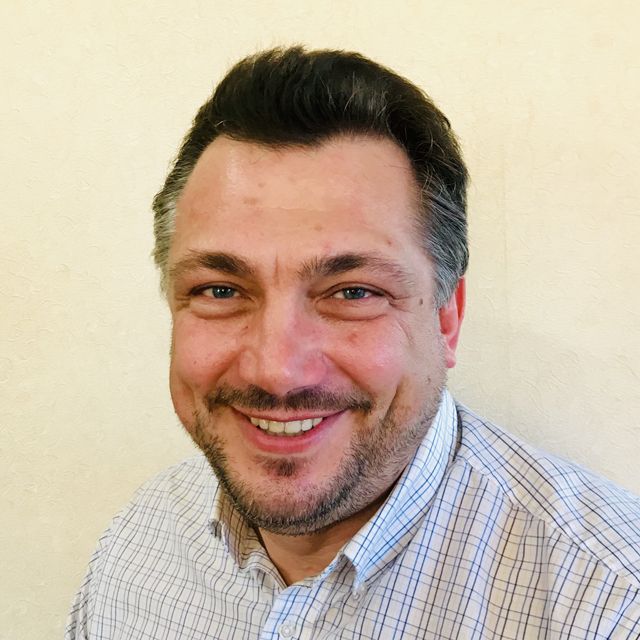
Mikhail Galeev, Intel
What’s New in MATLAB and Simulink
9:45–10:15 a.m.
Learn about new capabilities in the MATLAB® and Simulink® product families to support your research, design, and development workflows. This talk highlights features for deep learning, wireless communications, automated driving, and other application areas. You will see new tools for defining software and system architectures, and modeling, simulating, and verifying designs.
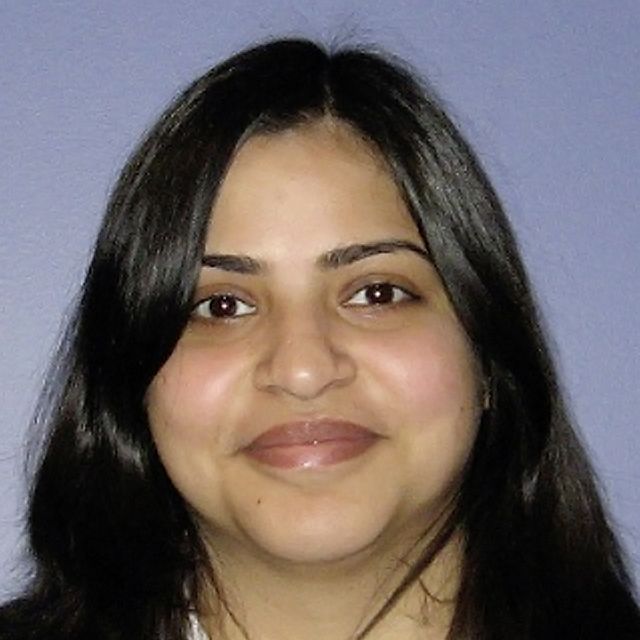
Mehernaz Savai, MathWorks
Exploring Microsoft Machine Teaching Online Service for Building Autonomous Systems Using Simulink Models
11:00 a.m.–11:30 a.m.
Building the next generation of autonomous systems requires a new approach. Microsoft Machine Teaching Online Service uses techniques such as curriculum learning, deep RL, scalable data generation, and others to support subject matter experts who are building intelligent control systems for a wide range of applications. Cyrill Glockner will explore these techniques and demonstrate how the system works by training a BRAIN using a Simulink based model.

Cyrill Glockner, Microsoft Corporation
Model-Based Hyper Scalable Assessment of Automated Vehicle Functions
11:30 am–12:00 p.m.
Samsung DRVLINE™ is a platform for building advanced driver-assistance systems (ADAS), built with a philosophy of being open, modular, and scalable. The platform is designed to accommodate a wide range of automated driving requirements, from ADAS and scaling upwards to support full autonomy. DRVLINE is both a hardware and a software solution. As a relevant part of the DRVLINE solution, it's important to offer developers the possibility to adopt Model-Based Design and access simulation and testing tools, but in a modern and scalable way. To achieve that objective, a DRVLINE Toolbox for Simulink® was developed, integrating all the relevant elements of the toolchain in a single docker container. That container can be installed on developers’ machines or deployed in a server farm for parallel execution to seamlessly enable two major use cases: a convenient way to develop vehicle functions using a Model-Based approach in a developer’s machine, and deploy the container with the function under test in a cluster and explore the parameter space to detect defects. This way, in a code-free fashion, we can help rapid exploration of new functional features as well as provide a comprehensive environment for a deep functional verification.
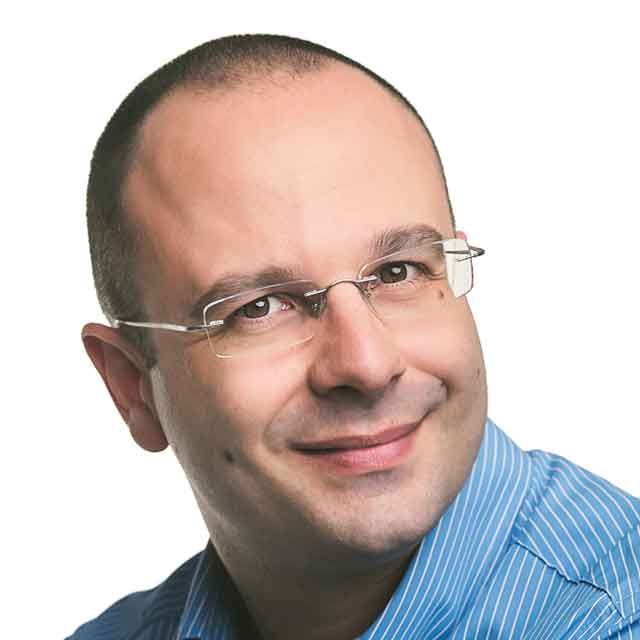
Stefano Marzani, Samsung
CAEML Research in Hardware Design and Optimization Using Machine Learning
12:00–12:30 p.m.
The Center for Advanced Electronics through Machine Learning (CAEML) was established in 2016. Much of its research is starting to bear fruit in real-world applications. We will highlight two Hewlett Packard Enterprise applications that use CAEML research results.
The first is a 56G PAM channel optimization and training speed-up using principal component analysis (PCA) and polynomial chaotic expansion (PCE) surrogate models. A 56G PAM SerDes and a channel with varying loss is measured and machine learning techniques are used to accelerate the channel optimization process and correctly model the SerDes without using any simulations.
The second is a proactive hardware failure prediction method using machine learning techniques developed by CAEML. The method is currently being deployed in the field to proactively remove drives from the field to avoid potential performance degradation and data loss.
The presentation covers:
- A brief introduction of CAEML
- Unique applications of machine learning for hardware design that are different from typical CNN or LSTM neural network applications
- Demonstration of a 56 PAM SerDes performance optimization using PCA and PCE surrogate models
- Production application using proactive hardware failure prediction with casual inference to remove bad drives in the field
- Future investigations of CAEML
CAEML researchers use MATLAB® and related toolboxes extensively throughout the application development process. For example, the standard MATLAB PCA package was used while custom MATLAB code was developed for the polynomial chaotic expansion surrogate models and the casual inference feature selection functions. The rich mathematical libraries allow rapid development of the prototype special functions.
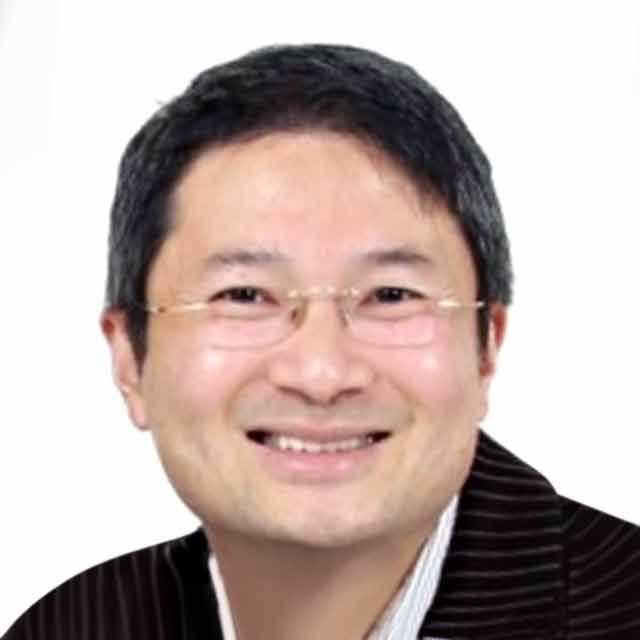
Chris Cheng, HP Enterprise
Insights into MATLAB – Memory Handling and Datatypes
1:30–2:00 p.m.
In this session you will gain an understanding of how different MATLAB data types are stored in memory and how you can program in MATLAB to use memory efficiently. You can benefit from applying these ideas to develop code that is memory efficient, maintainable, and robust.
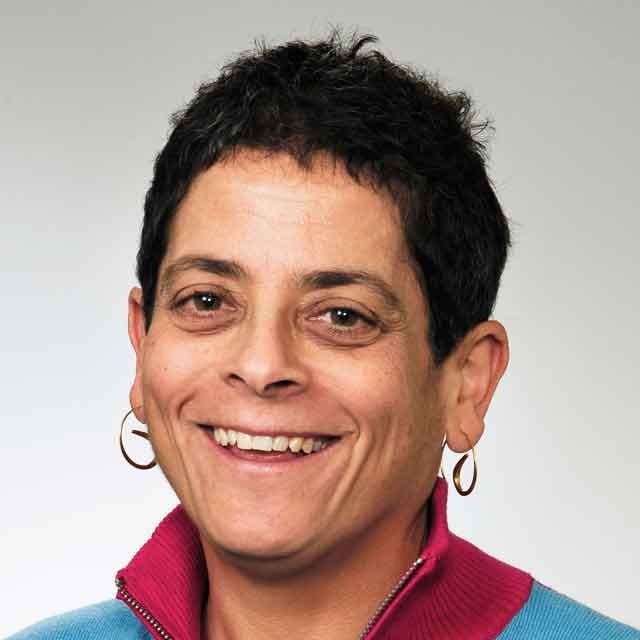
Loren Shure, MathWorks
Deep Learning and Reinforcement Learning Workflows in AI
2:30–3:00 p.m.
AI, or artificial intelligence, is powering a massive shift in the roles that computers play in our personal and professional lives. Two new workflows, deep learning and reinforcement learning, are transforming industries and improving applications such as diagnosing medical conditions, driving autonomous vehicles, and controlling robots.
This talk dives into how MATLAB® supports deep learning and reinforcement workflows, including:
- Automating preparation and labeling of training data
- Interoperability with open source deep learning frameworks
- Training deep neural networks on image, signal, and text data
- Tuning hyper-parameters to accelerate training time and increase network accuracy
- Generating multi-target code for NVIDIA®, Intel®, and ARM®
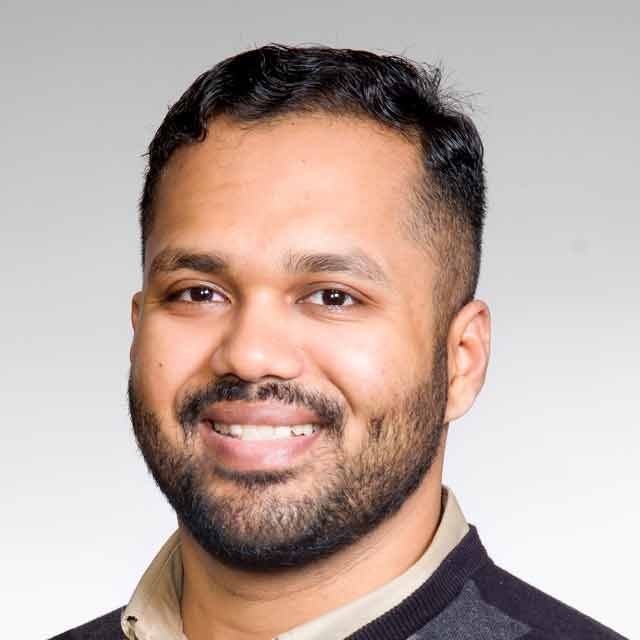
Abhijit Bhattacharjee, MathWorks
AI Techniques in MATLAB for Signal, Time-Series, and Text Data
3:30–4:00 p.m.
Using artificial intelligence (AI) techniques on signals and time-series is growing in popularity across a variety of applications, including speech classification, radar target recognition, digital health, music information retrieval, voice biometrics and emotion recognition.
In this talk, you will learn how MATLAB® is being used by engineers and scientists to apply deep learning
- Ground-truth labeling of signals via programs and interactive Apps
- Ingestion of existing labeled datasets
- Feature extraction, time-frequency transformations and advanced pre-processing techniques (e.g. wavelet scattering)
- Use of transfer learning with well-established network architectures
- Collaborating with other deep learning frameworks by importing and exporting ONNX models
- Accelerating computations using GPUs, locally or on the cloud
- Deploying models on cloud platforms and embedded processors
The talk will make use of practical worked examples involving deep learning classifiers of Radar target detections, EKG signals, and speech commands.
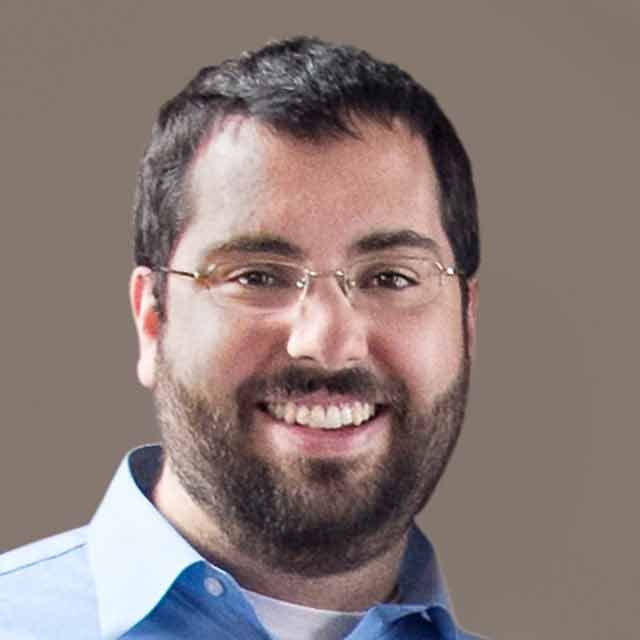
Bryan Perfetti, MathWorks
Sensor Fusion and Tracking for Autonomous Systems
4:00–4:30 p.m.
Autonomous systems are a focus for academia, government agencies, and multiple industries. These systems range from road vehicles that meet the various NHTSA levels of autonomy through consumer quadcopters capable of autonomous flight and remote piloting, package delivery drones, flying taxis, and robots for disaster relief and space exploration. In this talk, you will learn to design, simulate, and analyze systems that fuse data from multiple sensors to maintain position, orientation, and situational awareness. By fusing multiple sensors data, you ensure a better result than would otherwise be possible by looking at the output of individual sensors. Several autonomous system examples are explored to show you how to:
- Define trajectories and create multiplatform scenarios
- Simulate measurements from inertial and GPS sensors
- Generate object detections with sensor models
- Design multi-object trackers as well as fusion and localization algorithms
- Evaluate system accuracy and performance on real and synthetic data
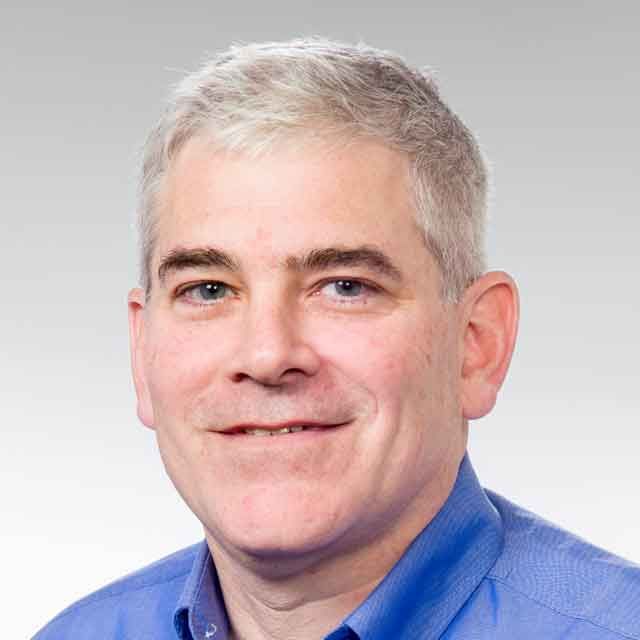
Rick Gentile, MathWorks
Deploying Deep Neural Networks to Embedded GPUs and CPUs
4:30–5:00 p.m.
Designing and deploying deep learning and computer vision applications to embedded GPU and CPU platforms like NVIDIA® Jetson, AGX Xavier™, and DRIVE AGX is challenging because of resource constraints inherent in embedded devices. A MATLAB® based workflow facilitates the design of these applications, and automatically generated C/C++ or CUDA® code can be deployed to achieve up to 2X faster inference than other deep learning frameworks.
This talk walks you through the workflow. Starting with algorithm design, the algorithm may employ deep learning networks augmented with traditional computer vision techniques and can be tested and verified within MATLAB. Bring live sensor data from peripherals devices on your Jetson/DRIVE platforms to MATLAB running on your host machine for visualization and analysis. Deep learning networks are trained using GPUs and CPUs on the desktop, cluster, or cloud. Finally, GPU Coder™ and MATLAB Coder™ generate portable and optimized CUDA and/or C/C++ code from the MATLAB algorithm, which is then cross-compiled and deployed to Jetson or DRIVE, ARM®, and Intel® based platforms.
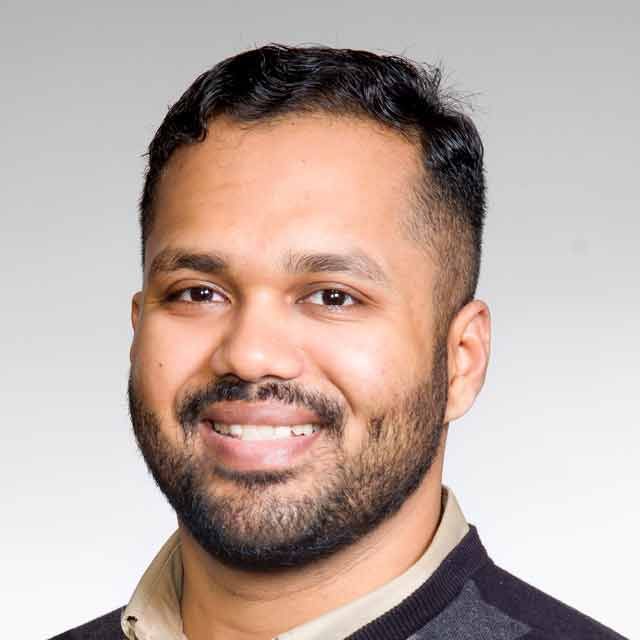
Abhijit Bhattacharjee, MathWorks
Digital Twins for Smart Manufacturing
5:00–5:30 p.m.
With the increasing popularity of AI, new frontiers are emerging in predictive maintenance and manufacturing decision science. However, there are many complexities associated with modeling plant assets, training predictive models for them, and deploying these models at scale, including:
Generating failure data, which can be difficult to obtain, but physical simulations can be used to create synthetic data with a variety of failure conditions.
Ingesting high-frequency data from many sensors, where time-alignment makes it difficult to design a streaming architecture.
This talk will focus on building a system to address these challenges using MATLAB®, Simulink®, Apache™ Kafka®, and Microsoft® Azure®. You will see a physical model of an engineering asset and learn how to develop a machine learning model for that asset. To deploy the model as a scalable and reliable cloud service, we will incorporate time-windowing and manage out-of-order data with Apache Kafka.
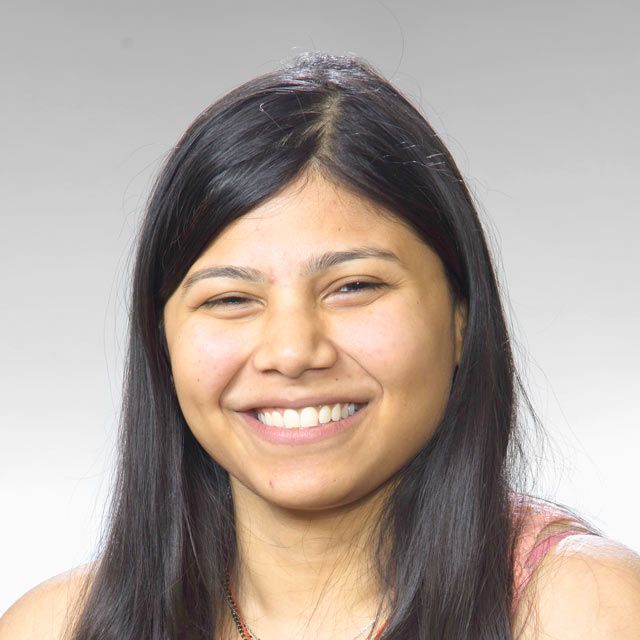
Pallavi Kar, MathWorks
On the New Generation of Bio-Inspired Robots
11:00–11:30 a.m.
Robots can only contribute to our lives with full potential when they can learn efficiently, generalize to a variety of tasks, and operate in challenging environments. Here, Ali will discuss some of the solutions that biology has found to address these challenges and elaborate on how we can apply them to our robots. In particular, he will talk about learning to perform functional movements without prior knowledge of the system and only with limited experience in the physical world. The effects of simple kinematic feedback on both performance and learning speed will also be discussed. Lastly plots and videos for both simulation and physical system implementations will be provided.
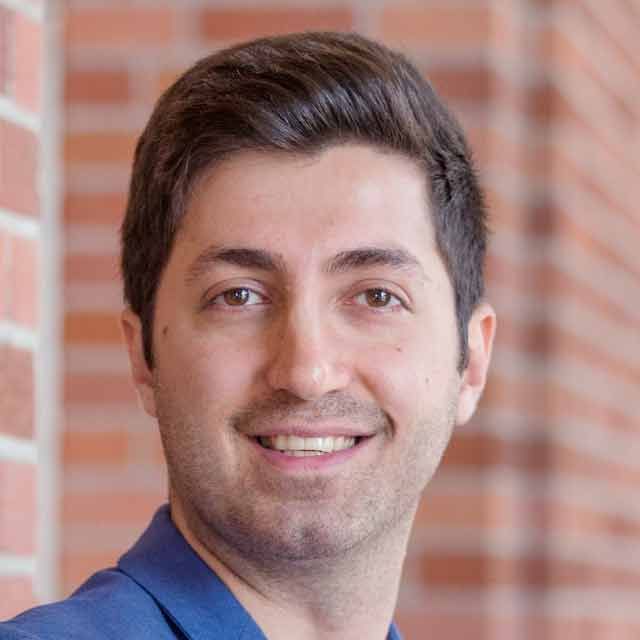
Ali Marjaninejad, USC
Design for AMI - A New Integrated Workflow for Modeling High-Speed PAM4 SerDes Systems
11:30 a.m.–12:00 p.m.
Today’s high-speed SerDes design requires upfront effort by architects to allow for the direct extraction of an IBIS-AMI model from the architectural model. We demonstrate a process of creating an IBIS-AMI model from detailed characterization data of the CTLE, DFE, and CDR. The multi-stage CTLE is defined by frequency domain curves and saturating voltage in/out tables; poles/zeros extracted from the curves by vector fitting are combined with a memoryless nonlinearity to model each CTLE stage. Advanced impulse response equalization adaptation schemes quickly find near-optimum settings and serve as a starting point for custom adaptation implementations.
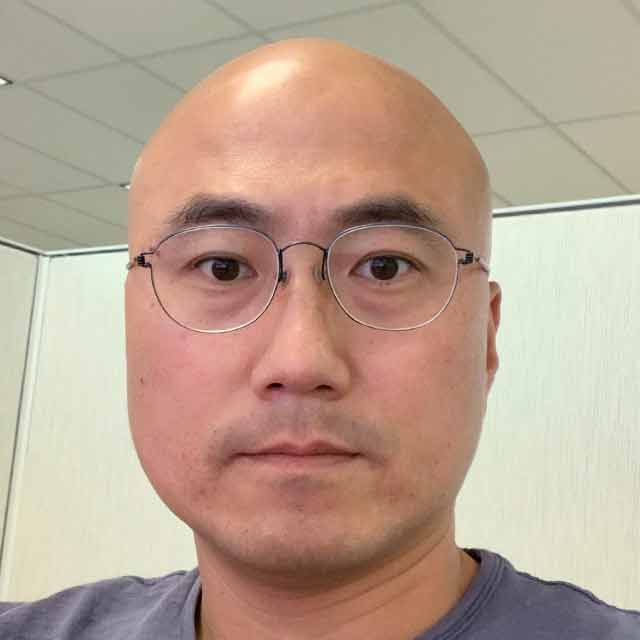
Jonggab Kil, Intel
Verify 5G System Performance Using Xilinx RFSoC and Avnet RFSoC Development Kit
12:00–12:30 p.m.
In this presentation, we demonstrate Ethernet-based connectivity to MATLAB® and Simulink®, which will allow you to capture, measure, and characterize RF performance with the Avnet Zynq UltraScale+ RFSoC Development Kit. Over-the-air testing is demonstrated using direct RF-sampling with a 2x2 Small Cell LTE Band 3 plugin card.
During our presentation, we will demonstrate how to:
- Connect to Xilinx RFSoC hardware from MATLAB and Simulink
- Characterize performance of RFSoC data converters
- Control an RF front-end for antenna-to-digital verification
- Perform radio-in-the-loop data capture to example designs from 5G Toolbox™

Matt Brown, Avnet
RF Design and Test Using MATLAB and NI Tools
1:30–2:00 p.m.
In this session, you will learn how to interface MathWorks wireless design software to NI RF validation test solutions. Using an RF power amplifier (PA) linearization example, we present technologies that streamline the workflow from RF modeling and simulation in MATLAB® and Simulink® to post-silicon device validation on NI PXIe RF instruments.
Wired Communications Systems Modeling and Analysis
2:30–3:00 p.m.
In this presentation, we talk about building wired channel equalization models using a high level of abstraction. This talk introduces the SerDes Toolbox™ and demonstrates putting together blocks such as DFE, FFE, CTLE, AGC, and CDR as part of a channel equalization scheme. This talk also covers IBIS-AMI model generation for the purpose of channel simulation.
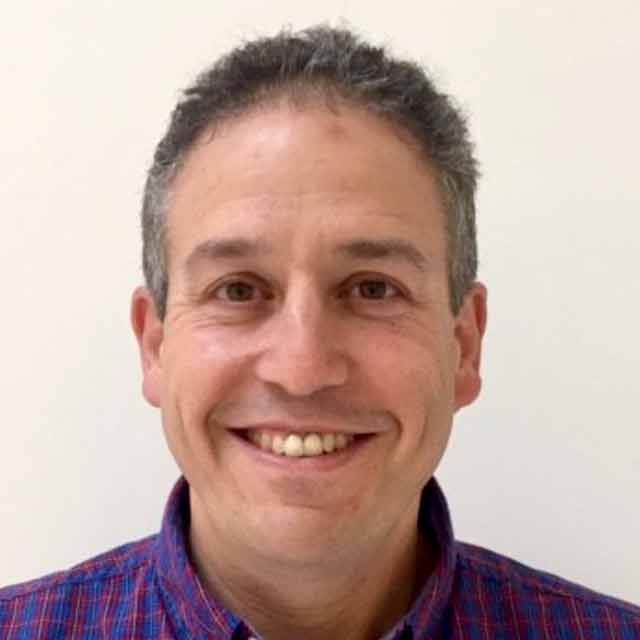
Barry Katz, MathWorks
Top-Down Modeling and Analysis of Analog Mixed-Signal Systems
3:30–4:00 p.m.
In this presentation, we will talk about a top-down approach to analog mixed-signal architectural modeling using the Mixed-Signal Blockset™. This session will cover usage of the Mixed-Signal Blockset to model mixed-signal elements such as phase locked loops and analog-digital converters. It will also illustrate the capabilities of bringing in impairments and validate the performance of the PLL and ADC using test benches and measurement blocks.
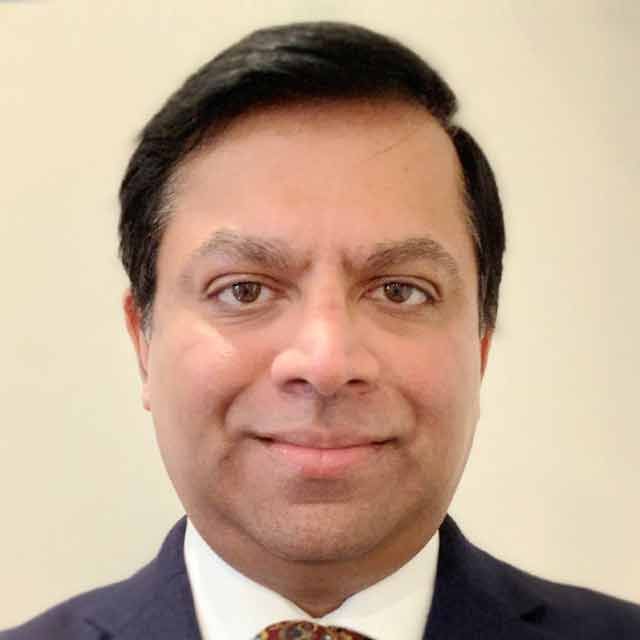
Rajesh Berigei, MathWorks
Understanding and Modeling the 5G NR Physical Layer
4:00–5:00 p.m.
In this presentation, we will provide an understanding of the key physical layer concepts in the 3GPP 5G New Radio (NR) standard. To accomplish the goals of high data rates, low latency, and massive connectivity, 5G introduces new features that add greater flexibility and complexity compared to the 4G LTE standard. This session covers the fundamentals of 5G waveforms, frame structure and numerology, physical channels and signals, synchronization, beam management, and link modeling. Theoretical material will be supplemented with MATLAB demonstrations.
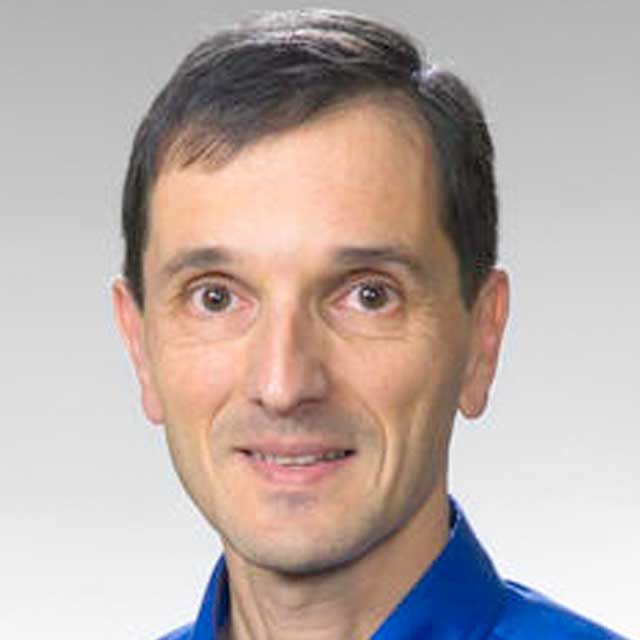
Marc Barberis, MathWorks
Leveraging MATLAB and Simulink in Building Battery SOH
11:00 a.m.–11:30 a.m.
This talk gives an overview of battery state-of-health (SOH) estimation and prognostics modeling with data generated from the vehicle model in the cloud. The vehicle model is composed of a Simulink® based electric vehicle model that includes Li-Ion cell chemistry-based battery models. While building battery state-of-health pipelines, it is difficult to capture real data from the vehicle in various driving conditions. We took the approach to leverage a calibrated Li-Ion cell chemistry model to generate the required data in various driving conditions. We pushed this data to the cloud, then had the data pipelines pick this data and do all the downstream processing. This enabled us to build the data pipelines and the analytics stack without having extensive vehicle data. As we have now started getting real data, we are validating this analytics stack. This talk also discusses leveraging the Simulink code-generation feature to generate C-code and its feasibility for real-time in-vehicle SOH estimation.

Matthew Daigle, NIO
Full Vehicle Simulation for Electrified Powertrain Selection
11:30–12:00 p.m.
Full vehicle simulation models are needed to assess attributes such as fuel economy and performance for each candidate. At times, this requires integrating models from different engineering teams into a single system level simulation. Integrating these subsystems, including many controllers in model or code together in a closed-loop testing environment, can be challenging. In this session, you will learn how MathWorks automotive modeling tools and simulation integration platform can be used for powertrain selection studies.
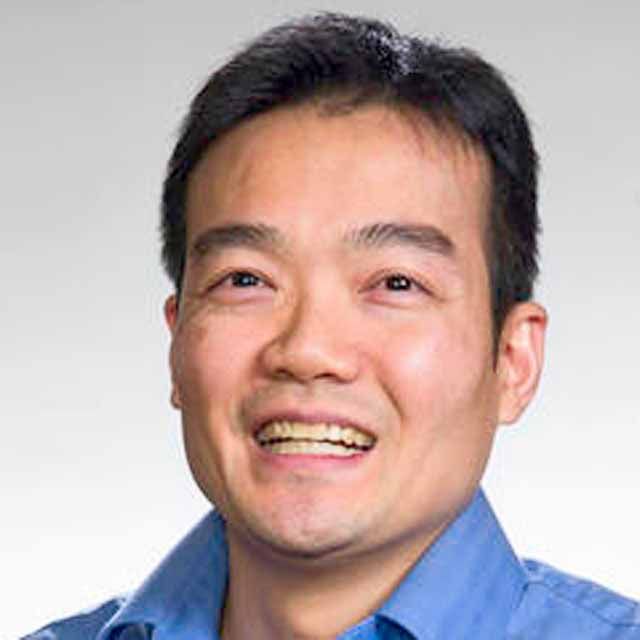
Kevin Oshiro, MathWorks
Design and Test of Automated Driving Algorithms
12:00 p.m.–12:30 p.m.
In this talk, you will learn how MathWorks helps you design and test automated driving algorithms, including:
- Perception: Design LiDAR, vision, radar, and sensor fusion algorithms with recorded and live data
- Planning: Visualize street maps, design path planners, and generate C/C++ code
- Controls: Design a model-predictive controller for traffic jam assist, test with synthetic scenes and sensors, and generate C/C++ code
- Deep learning: Label data, train networks, and generate GPU code
- Systems: Simulate perception and control algorithms, as well as integrate and test hand code
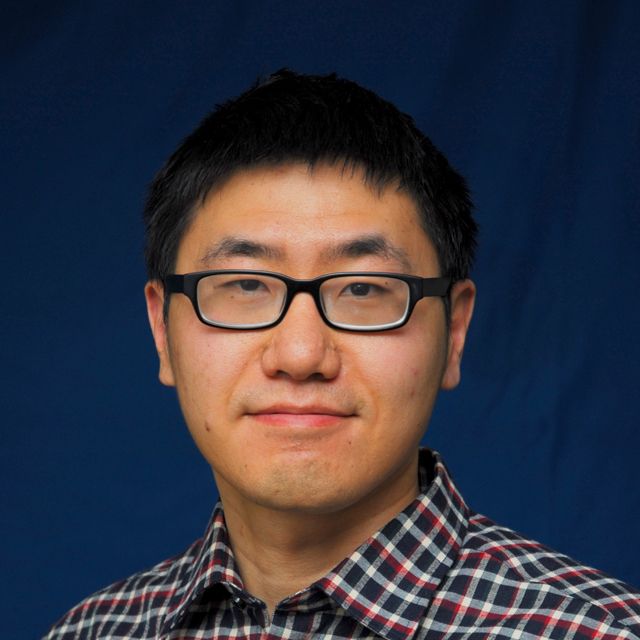
Shusen Zhang, MathWorks
Women in Tech Ignite Lunch and Networking
12:30-1:30 p.m.
As part of the Women in Tech initiative, MathWorks will host a Women in Tech Ignite Lunch during this year’s MATLAB EXPO. Join the lunch to hear from leading technical experts and to discuss your experiences, and use this opportunity to meet and network with female industry peers. All are welcome.
Adopting Model-Based Design for FPGA, ASIC, and SoC
1:30–2:00 p.m.
The competing demands of functional innovation, aggressive schedules, and product quality have significantly strained traditional FPGA, ASIC, and SoC development workflows.
This talk shows how you can use Model-Based Design with MATLAB® and Simulink® for algorithm- and system-level design and verification, including how to:
- Verify the functionality of algorithms in the system context
- Refine algorithms with data types and architectures suitable for FPGA, ASIC, and SoC implementation
- Prototype and debug models running live on hardware connected to MATLAB or Simulink
- Generate and regenerate verified design and verification models for the hardware engineering team
- Keep the workflow connected to speed verification closure and meet functional safety requirements
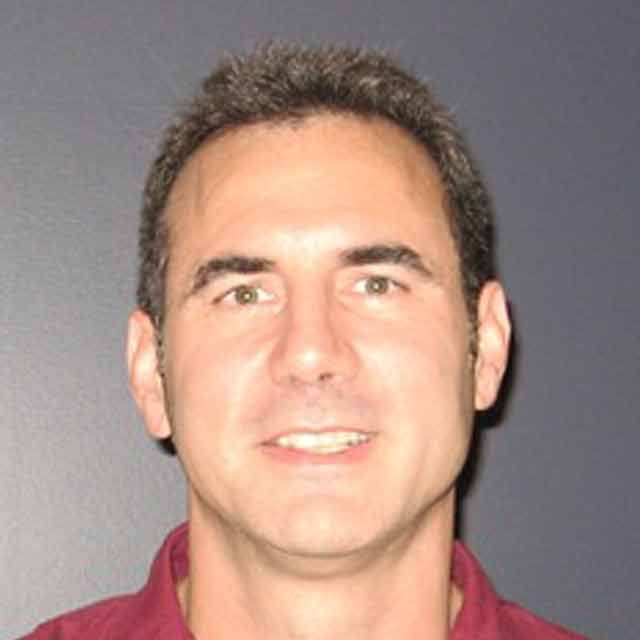
Robert Anderson, MathWorks
Making Software Safe and Secure with Team Collaboration
2:00–2:30 p.m.
Do you need evidence that your code will not cause safety hazards or security issues? Polyspace® products allow you to achieve the highest levels of software quality with reduced testing effort. Using formal methods-based static code analysis, Polyspace can prove that your code is free from certain critical run-time errors. The analysis can be done interactively by software developers during code development to quickly find coding defects and violations of safety and security standards like MISRA® and CERT C/C++. When used with continuous integration tools such as Jenkins™, Polyspace helps improve software quality, safety, and security across your projects. Results are published for web browser-based code review with tracing information to identify the root cause of defects. Polyspace supports modern team collaboration dashboards to show quality metrics for project and safety managers. Integration with defect tracking tools, such as Jira, help manage issues across your development enterprise.
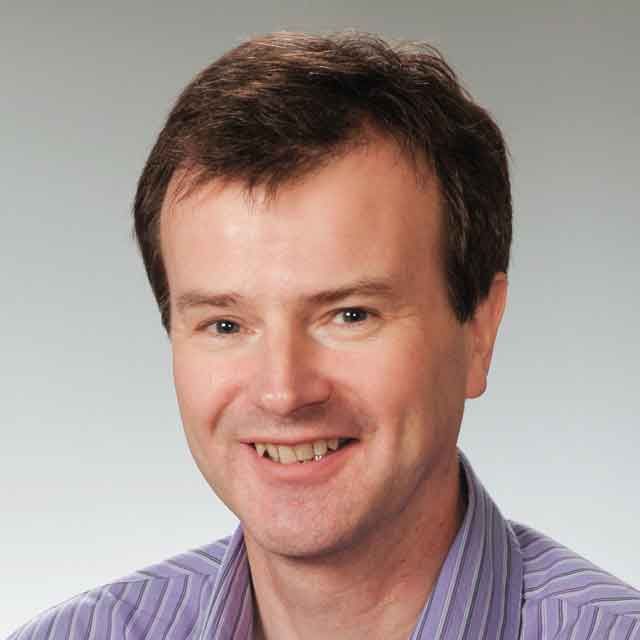
Jeff Chapple, MathWorks
Planning Simulink Model Architecture and Modeling Patterns for ISO 26262 Compliance
2:30–3:00 p.m.
The ISO 26262 standard for functional safety provides guidance on the development of automotive electronics and electrical system, including embedded software. A common challenge is to determine the strategy, software architecture, design patterns, and toolchain up front in a project to achieve standard compliance and to avoid mid-project changes to these foundational areas. In this presentation, MathWorks engineers will address the following topics based on their experiences applying Simulink® to production programs that require ISO 26262 compliance:
- Toolchain and reference workflow for ISO 26262 compliance
- Key considerations for model architecture
- Modeling constructs required to meet freedom from interference
- Applying the above best practices to meet AUTOSAR at the same time
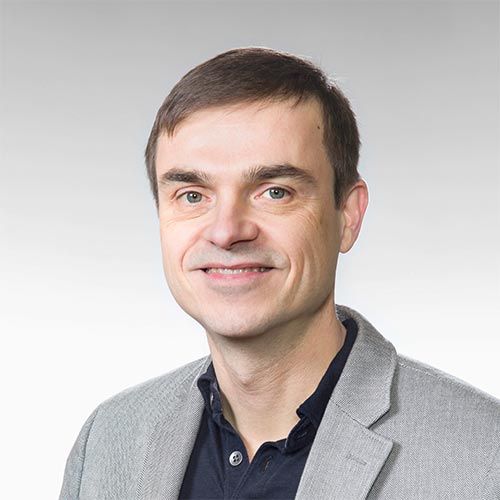
David Hoadley, MathWorks
Toolchain Definition and Integration for ISO 26262-Compliant Development
3:30–4:00 p.m.
MathWorks tools such as Simulink and Stateflow are used extensively for ISO 26262-compliant embedded software development, from ASIL-A through ASIL-D. The algorithmic needs of advanced driver assistance and autonomous driving applications are often expressed more naturally in MATLAB, however. We will discuss the challenges and best practices for achieving ISO 26262-compliance in a mixed MATLAB and Simulink paradigm. Examples will include applying verification and validation tools to software components authored primarily in MATLAB, and integrating Simulink with collaboration tools such as Git and Gerrit Code Review.

David Hoadley, MathWorks
Developing Battery Management Systems Using Simulink
4:00–4:30 p.m.
Software algorithms play a critical role in battery management systems (BMS) to ensure maximum performance, safe operation, and optimal life of battery pack under diverse operating and environmental conditions. Developing and testing these algorithms requires expertise in multiple domains and achieving functional safety certification can be very confusing and lengthy process. In this talk, you will learn how to:
- Design and test BMS algorithms such as state of charge estimation, cell balancing, contactor management and current/power limit calculation
- Generate production quality C/C++ code and target embedded processors
- Measure design complexity and perform systematic unit testing
- Prove that your design meets requirements, and automatically generate tests
- Perform Hardware-In-Loop testing using Speedgoat real-time hardware
- Produce reports and artifacts, and certify to functional safety standards
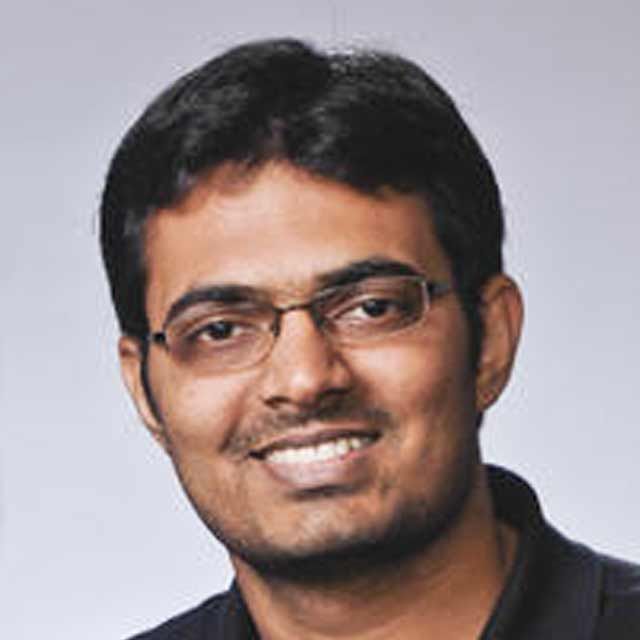
Chirag Patel, MathWorks
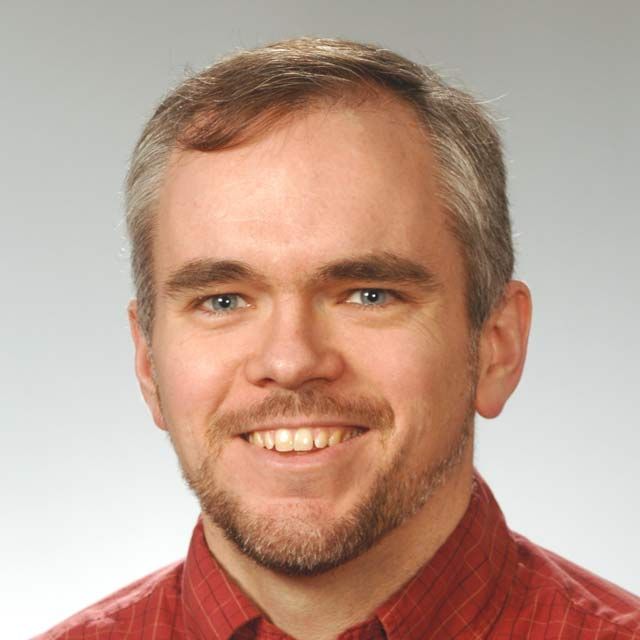
Mike Agostini
MathWorks
Mike Agostini is a senior manager responsible for directing customer-facing engineering teams across the Americas. Mike and his teams support customers applying MATLAB and Simulink in critical application areas such as machine learning and deep learning, parallel and GPU computing, enterprise application integration, dynamic system modeling and control, computational finance, and computational biology. In addition to leading application engineering teams, Mike is a MathWorks Worldwide engineering lead, responsible for driving customer success and shaping the long-term vision of the MATLAB product family.
An avid user of MATLAB since 1994, Mike holds an M.S. in mechanical engineering from Michigan Technological University. Prior to joining MathWorks in 2005, he modeled expendable launch vehicles and ship-based crane systems, authored several journal articles, and has a patent for the modeling and control of dynamic systems.

Matt Brown
Avnet
Matt Brown is an engineer at Avnet. His passion is to reduce the complexity of SoC design, allowing engineering teams to start development at the application level. Matt spent over a decade as an FAE, and also helped design Motorola's first Iridium satellite phone. Recent endeavors include Simulink based workflows for software-defined radios and industrial drives.
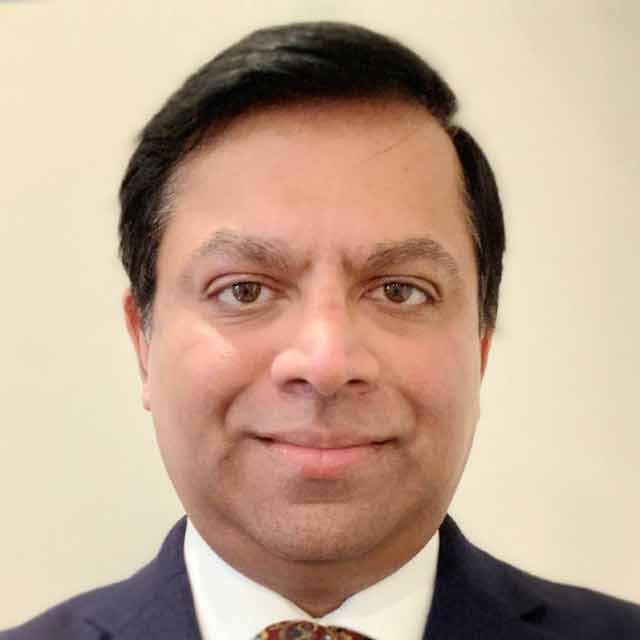
Rajesh Berigei
MathWorks
Rajesh Berigei is the worldwide semiconductor manager at MathWorks, where he has been the technical evangelist for the Semiconductor and Electronics industry on Analog Mixed-Signal, SerDes, SoC, FPGA, and ASIC workflows for the last two years. Prior to joining MathWorks, Rajesh headed the Worldwide System Design and EDA organization at Texas Instruments™ and before TI, was director of system design technology at National Semiconductor. Rajesh has an MS in electrical and computer engineering from UT-Austin and is working toward an MBA at UNC-Chapel Hill. Rajesh has more than 20 years of experience in semiconductor EDA, IC design, pre-silicon verification, post silicon validation, and IC-package-board SI/PI analysis.

Kevin Oshiro
MathWorks
Kevin Oshiro is a principal application engineer at MathWorks and focuses on enabling Model-Based Design through physical modeling, control algorithm development, and optimization methods. His areas of expertise are designing multidomain mechatronic systems and electrified powertrains. In addition to serving MathWorks commercial customers, he also mentors teams in the EcoCAR collegiate competition. Prior to joining MathWorks in 2013, he worked at PACCAR (Kenworth Truck) for 10 years in the research and development group, utilizing MathWorks tools and a Model-Based Design process to develop proprietary hybrid electric powertrains for medium- and heavy-duty trucks. Kevin earned an B.S. in mechanical engineering and electrical engineering from the Colorado School of Mines, and an M.S. in electrical engineering (controls theory) from the University of Washington.
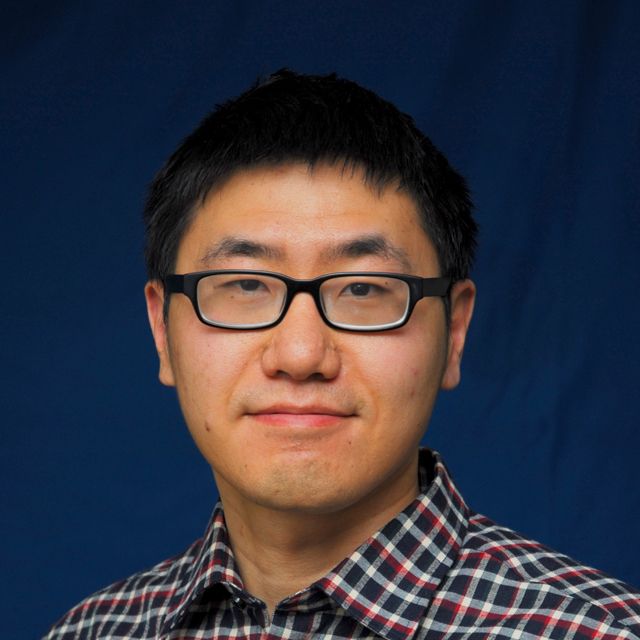
Shusen Zhang
MathWorks
Shusen Zhang is an application engineer at MathWorks for advanced driver assistance systems (ADAS) and automated driving segments. He is responsible for helping customers establish workflow using MathWorks solutions and building proofs of concept. His primary interest is algorithm development and testing for localization, mapping, planning, and controls. Prior to this role, Shusen was an application engineer focused on multidomain physical modeling and system simulation. Before joining MathWorks, Shusen was a development engineer at Navistar, working on smart cruise control systems integrated with map databases. Shusen holds an M.S. in science from Nanjing University of Aeronautics and Astronautics, and a Ph.D. in mechanical and aerospace engineering from the University of Missouri.
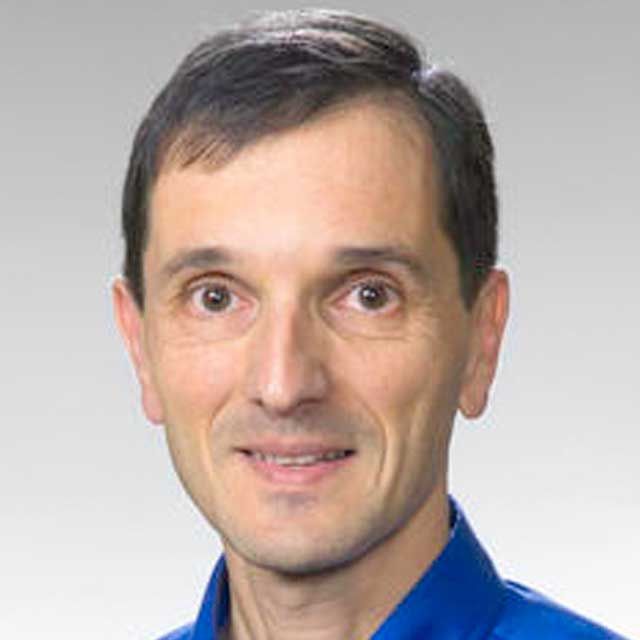
Marc Barberis
MathWorks
Marc Barberis is a MathWorks application engineer based in California, where he focuses on wireless communications. Prior to joining MathWorks, Marc worked on the modeling of telecommunications systems and the design of receivers for 2G and 3G cellular phones and satellite systems, among others. He attended numerous 3GPP standardization meetings for GSM/EDGE and W-CDMA. He holds an M.S. in signal processing from École Nationale Supérieure des Télécommunications de Paris, France.
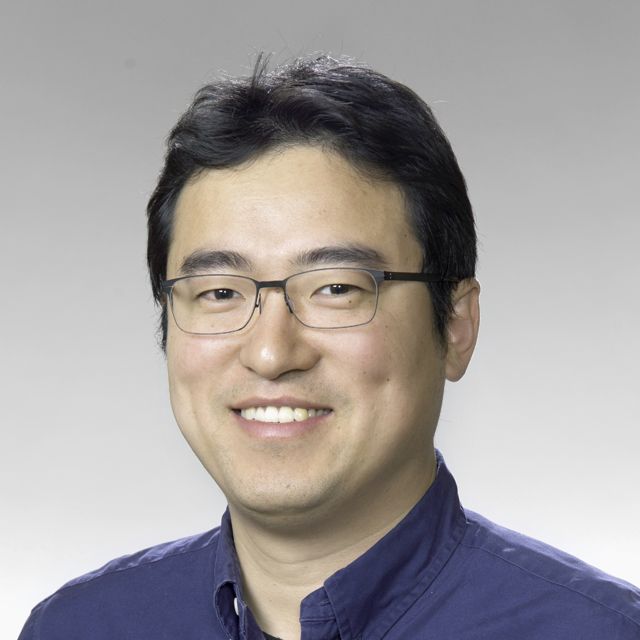
John Wang
MathWorks
John Wang is an industry manager at MathWorks, responsible for communications, electronics, and semiconductors segments for the last five years. Prior to joining MathWorks, he worked in technical marketing for wireless startups Quantenna Communications (IPO-ed) and Ozmo Devices (acquired by Atmel). John holds a B.S from Peking University and a Ph.D. from the University of California, both in electrical engineering. John is the recipient of the IEEE Fred W. Ellersick Award for best unclassified paper at MILCOM 2008 and the best paper award at the European Wireless 2010. He is an IEEE senior member.
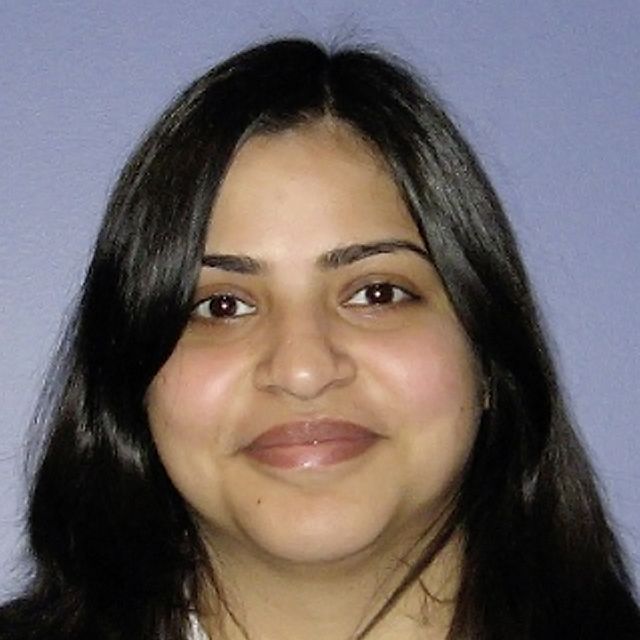
Mehernaz Savai
MathWorks
Mehernaz Savai is an application engineer at MathWorks, specializing in the areas of machine learning, predictive maintenance, and parallel computing. She has over eight years of experience working with MATLAB. Prior to MathWorks, Mehernaz was a researcher at Purdue University, working on projects like Dynamic Airspace Configuration for the Next Generation Air Transportation System funded by FAA. She holds an M.S. degree in aerospace engineering from Purdue University and works with clients in academia and across all industries, including consumer devices and semiconductors.
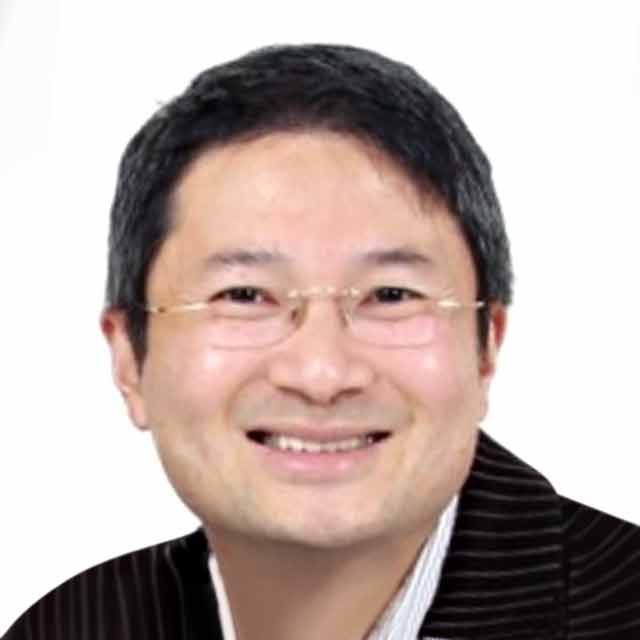
Chris Cheng
HP Enterprise
Chris Cheng is a distinguished technologist at the Storage Division of Hewlett Packard Enterprise. He is responsible for managing all high speed, analog and mixed-signal designs. Chris was the first hardware engineer at 3PAR and guided their high-speed design effort until it was acquired by Hewlett Packard. He was a principal engineer at Intel®, where he led the high-speed processor bus design team. Chris has also held senior engineering positions at Sun Microsystems, where he developed the original GTL system bus with Bill Gunning.

David Hoadley
MathWorks
David Hoadley is a principal technical consultant at MathWorks. He supports customers using Model-Based Design and MATLAB® for data science in a variety of scenarios, ranging from ad-hoc small groups to established enterprise adoptions. David has been at MathWorks for 14 years and has worked extensively with groups doing high-integrity software development and verification in the automotive, defense, civil aviation, and medical device markets. Prior to joining MathWorks, David spent nine years developing computer-based test, measurement, analysis, and control systems for these same application areas. He received his Ph.D. in physics from Michigan State University.
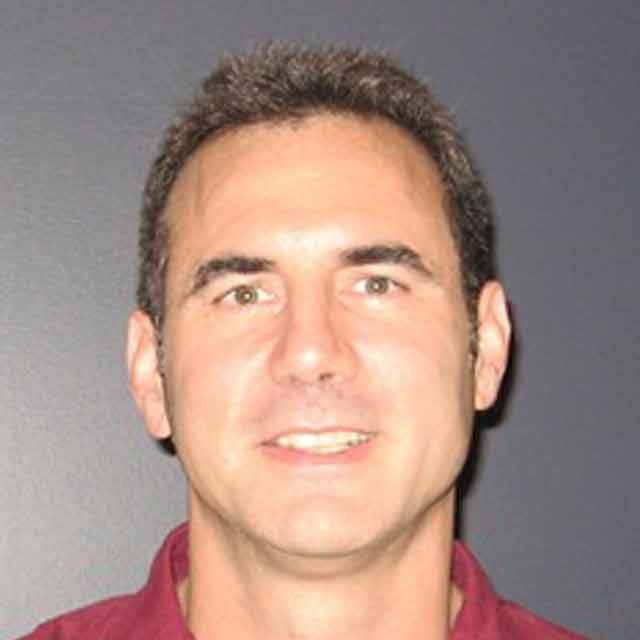
Robert Anderson
MathWorks
Robert Anderson is principal application engineer at MathWorks, with a focus on code generation and verification workflows. He has 35 years of experience in digital system design and implementation of systems, including digital communications, control systems, and computer vision. Robert started his career at AT&T Bell Laboratories as a systems designer for wireline communication systems. Robert has also worked at Mentor Graphics®, Xilinx®, and AccelChip in technical marketing management and application engineering roles, with deep experience in high-level synthesis, optimization of FPGA implementations, and MATLAB to HDL. Robert received his master’s degree from Northwestern University in electronics and computer engineering with a focus on communications and digital signal processing.

Matthew Daigle
NIO
Matthew Daigle currently works as a principal scientist in artificial intelligence at NIO, Inc., contributing to projects within vehicle health, powertrain, and autonomous driving. Vehicle health applications include cloud-based health estimation and predictive diagnostics of critical vehicle systems. Prior to joining NIO, Matthew was a research computer scientist at the University of California, NASA Ames Research Center and the lead of the Diagnostics and Prognostics Group. He received a B.S. degree in computer science and computer and systems engineering from Rensselaer Polytechnic Institute, Troy, NY, and M.S. and Ph.D. degrees in computer science from Vanderbilt University, Nashville, TN. He has published over 100 peer-reviewed papers in the area of systems health management.
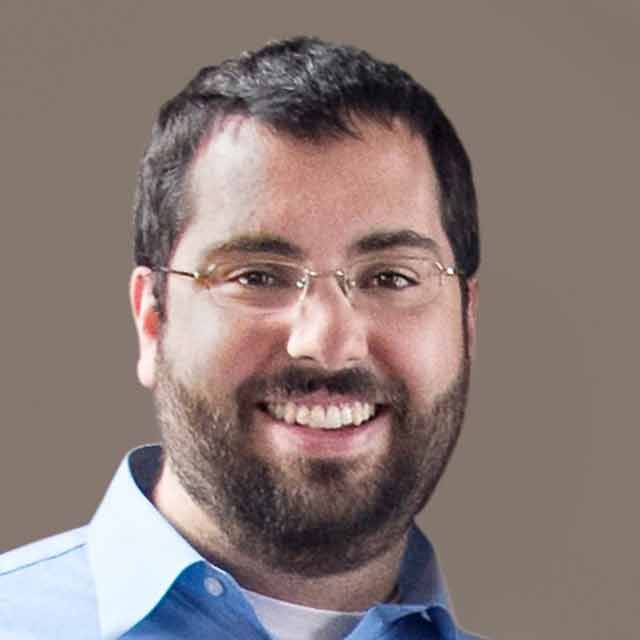
Bryan Perfetti
MathWorks
Bryan Perfetti is an application engineer at MathWorks in Santa Clara, CA. Bryan specializes in the MATLAB tools for signal and image processing, computer vision and deep learning, and works with MATLAB users from industries such as medical devices, aerospace and semiconductors. Prior to joining MathWorks, he was a hardware development engineer at Western Digital, focusing on read channel optimization and modeling for filtering and decoding applications. Bryan earned a B.S. and M.S. in Electrical Engineering from the University of Minnesota, where he researched radar signal processing techniques for wind turbine clutter removal, and is an active member of the Santa Clara Valley chapter of the IEEE Signal Processing Society.
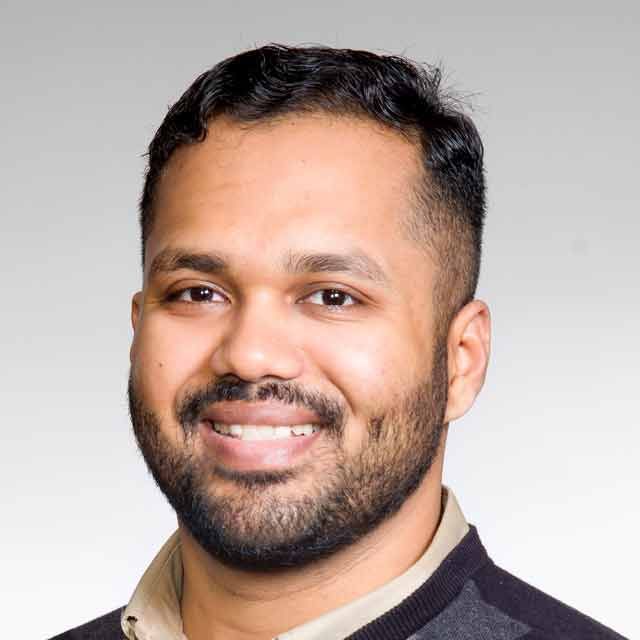
Abhijit Bhattacharjee
MathWorks
Abhijit Bhattacharjee is a senior application engineer at MathWorks, specializing in the areas of computer vision, audio signal processing, and machine learning. He works with clients in all industries, including consumer devices, semiconductors, government, and academics. Prior to joining MathWorks, Abhijit was a researcher at USC Information Sciences Institute, working in programs funded by NASA and DARPA. Projects included hyperspectral image processing and audio steganography. He holds an M.S.E.E. from the University of Southern California.
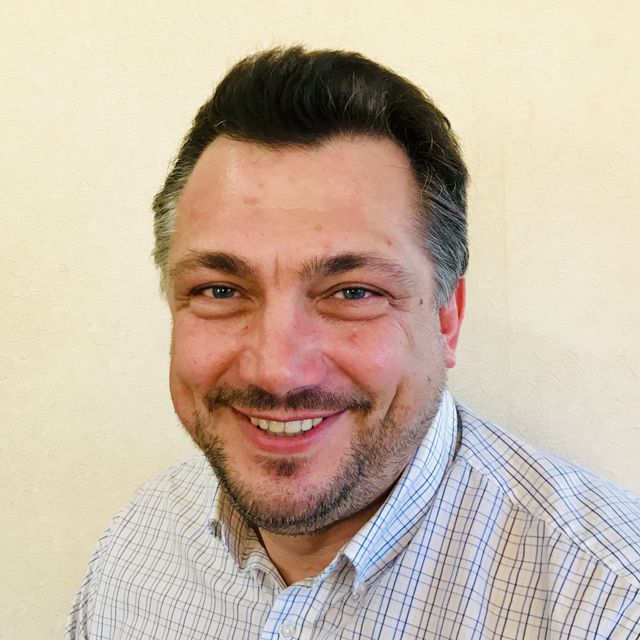
Mikhail Galeev
Intel Labs
Mikhail Galeev is a research scientist in Wireless Communications Labs in Intel Labs. His current research interests include SDR platform development for agile prototyping of the PHY layer of communication systems and its application in wireless time-sensitive networks (WTSN). In the past he has worked on other projects related to applications of Wi-Fi, Bluetooth, ZigBee, Z-Wave, and other wireless sensor networks. He received the M.S. degree in applied physics from Rostov State University, Rostov-on-Don, Russia, in 1994, an M.S.E.E. degree from the University of South Alabama in 1999, and an M.E.M. degree from Northwestern University, Evanston, IL in 2009.
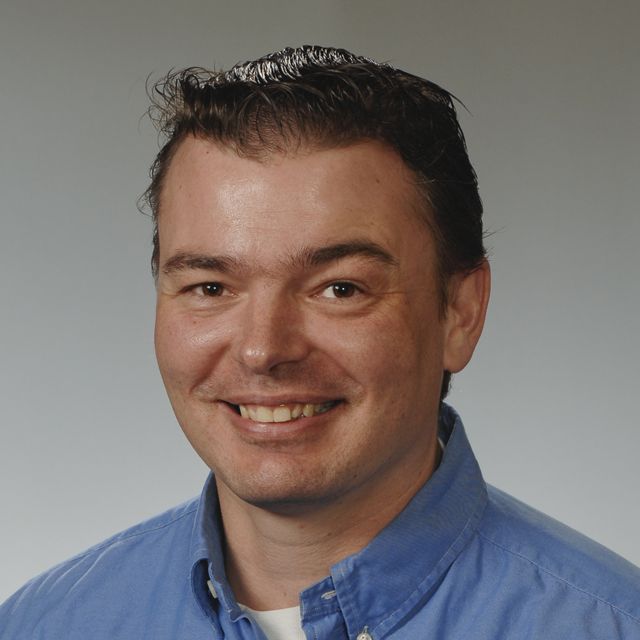
Tim Reeves
MathWorks
Tim Reeves is an application engineer for RF and Antenna products at MathWorks, where he has promoted and contributed to these MathWorks product lines for more than 10 years. Prior to joining MathWorks, he worked on the development and modeling of passive RF components used for aerospace, commercial wireless, and wireline applications. Tim holds a B.S. in electrical and computer engineering from the University of Alberta and an M.S. in electrical and computer engineering from the University of Alberta. Tim is also a senior member of the IEEE.
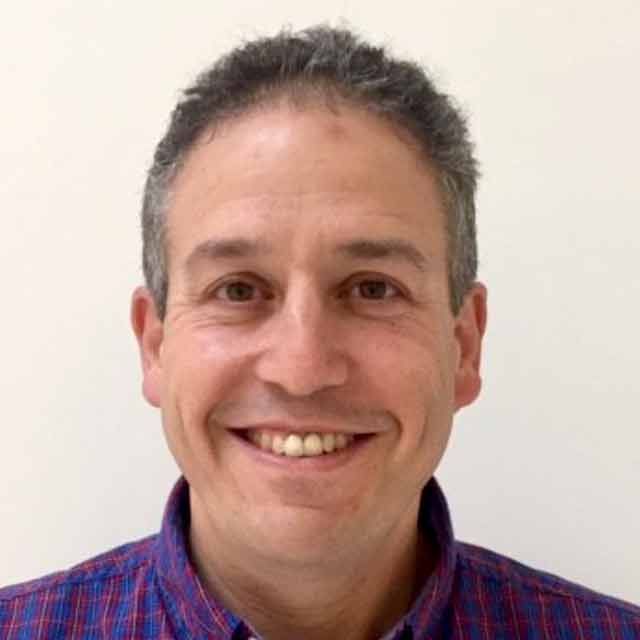
Barry Katz
MathWorks
Barry Katz is a senior development manager at MathWorks. He leads the teams responsible for products spanning RF (RF Toolbox™ and RF Blockset™), electromagnetic modeling (Antenna Toolbox™), signal integrity (SerDes Toolbox) and analog mixed-signal (Mixed-Signal Blockset™). He also serves as president and CTO of Signal Integrity Software (SiSoft) where he continues to oversee the business and leads the team responsible for the Quantum Channel Designer and Quantum-SI product families. Barry began his career at Digital Equipment Corporation as a senior software engineer where he developed signal integrity tools to support the design of the Alpha microprocessor. Throughout his career, much of his focus has been devoted to providing signal integrity solutions to problems faced by high‑speed system designers. He was the founding chairman of the IBIS Quality Committee. Barry holds an MSECE degree from Carnegie Mellon and a BSEE degree from the University of Florida.
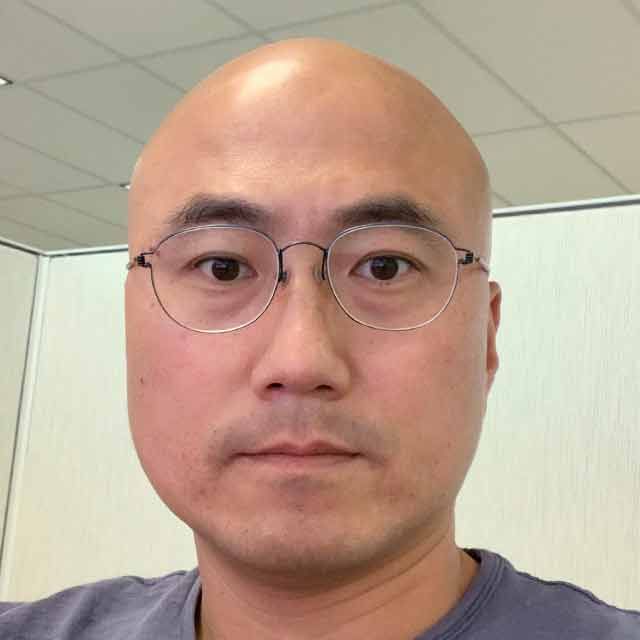
Jonggab Kil
Intel
Jonggab Kil’s current research interests include power/signal integrity design automation and efficiency improvement. In 2006, he joined Intel® in Folsom as an engineer. Since then, he has built up a broad experience with circuit design, power delivery, and signal integrity. He published multiple patents on signal integrity and high-speed IO design enhancement, and he also published papers in JSSPI and DTTC on a new method of on-die and platform power/signal integrity analysis. He received a bachelor’s degree in electrical engineering from the Kookmin University of Seoul, South Korea, in 2002 and master’s degrees in electrical engineering from University of Minnesota Twin Cities in 2005. Jonggab was born in Sam-Chuck, South Korea, in 1977.
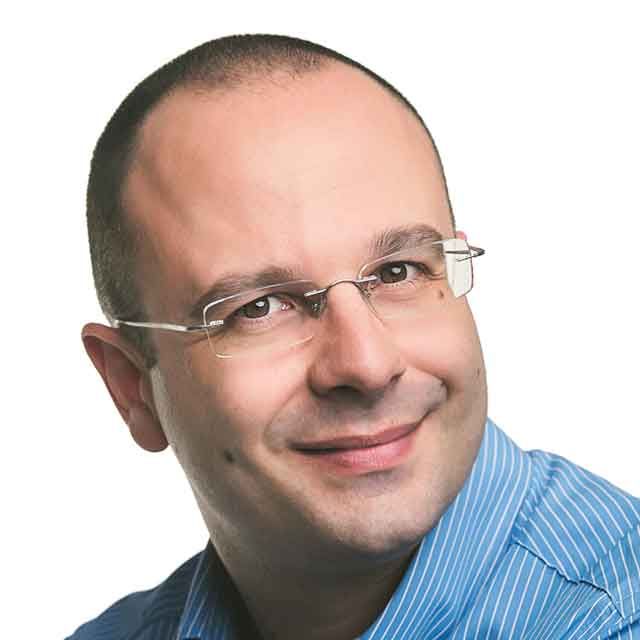
Stefano Marzani
Samsung
Stefano Marzani is the director of Tools and V&V Methodologies at Samsung®. He holds a PhD from the University of Modena in Italy. He co-founded a couple of companies in the human-machine interaction and IoT domains, mostly for the automotive sector. He is now with Samsung in San Jose for the next challenge: defining innovative and efficient ways to develop and validate automated vehicles functions to push them to consumers in a safe way.

Pallavi Kar
MathWorks
Pallavi Kar works as a senior application engineer at MathWorks and specializes in the area of development and deployment of data analytics algorithms using MATLAB.
She works with MathWorks customers across industries like automotive, aerospace, and industrial automation to implement and adopt artificial intelligence, predictive maintenance, big data and IoT workflows in their projects.
Pallavi has previously worked as a senior member of the Advanced Technologies team at Mahindra Electric in Bangalore, where she worked on lithium lon battery research, electric vehicle powertrain, and fleet analytics.
Pallavi holds a bachelor’s degree in electronics and communication engineering and a master’s degree in renewable energy.
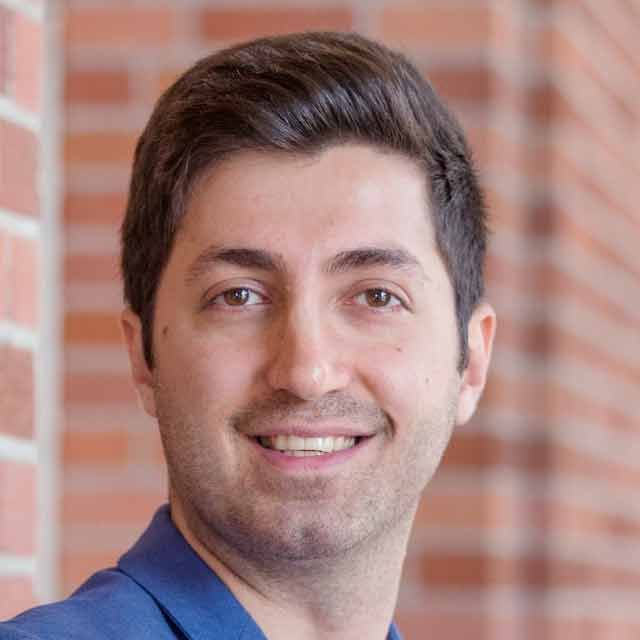
Ali Marjaninejad
USC
Ali Marjaninejad is a PhD student working at the Valerolab at University of Southern California (USC). He has two M.Sc. degrees, in biomedical engineering and electrical engineering, and is mainly interested in the intersection of biology and engineering. His research is currently focused on bio-inspired autonomous systems and he is best known for his paper “Autonomous functional movements in a tendon-driven limb via limited experience,” which was featured on the cover of Nature Machine Intelligence Journal (March 2019 issue).
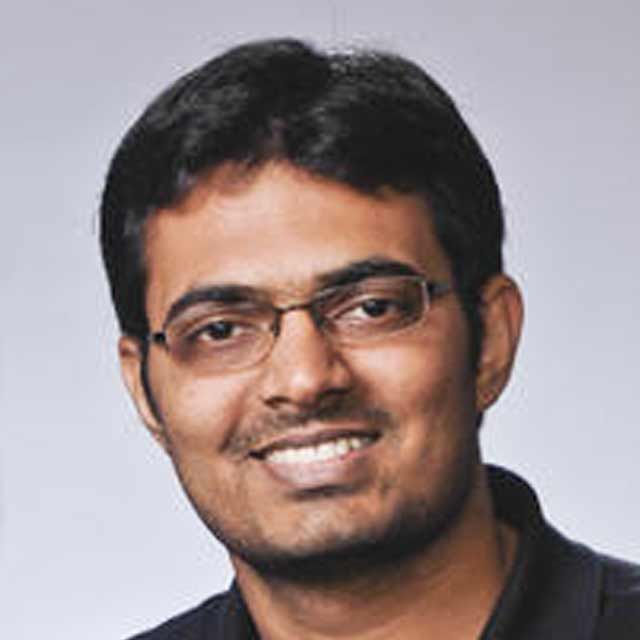
Chirag Patel
MathWorks
Chirag Patel works with engineers in control system design to streamline the transition from desktop simulations to real-time testing and hardware-in-the-loop (HIL) testing. Prior to joining MathWorks, Chirag worked at Lucid Motors, where he led the efforts of adopting Model-Based Design for electric powertrain and built HIL test systems for vehicle control systems. While at Cessna Aircraft Company, Chirag developed simulations for electrohydraulics systems, built iron bird test rigs for anti-skid brake systems, and designed integrated environmental control system for business jets. Chirag holds a bachelor’s degree in mechatronics engineering from Sardar Patel University, Gujarat, and a master’s degree in control systems from Wichita State University, Kansas.
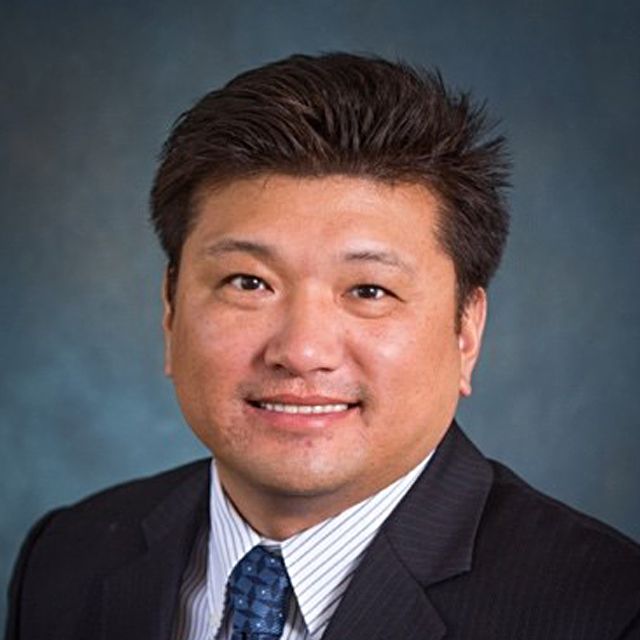
Chen Chang
National Instruments
Dr. Chen Chang is the strategic business development director at National Instruments®, responsible for semiconductor validation test solution. He was the co-founder and chief executive officer at BEEcube Inc., which was acquired by National Instruments in February 2015. He has more than 15 years of engineering, business development, and operations experience across various markets from ASIC design, wireless prototyping, electronics test and measurement, and semiconductor test. His expertise includes 5G wireless technology and semiconductor test solutions. Dr. Chang holds B.Sc., M.Sc., and Ph.D. degrees in electrical engineering and computer science from the University of California, Berkeley.
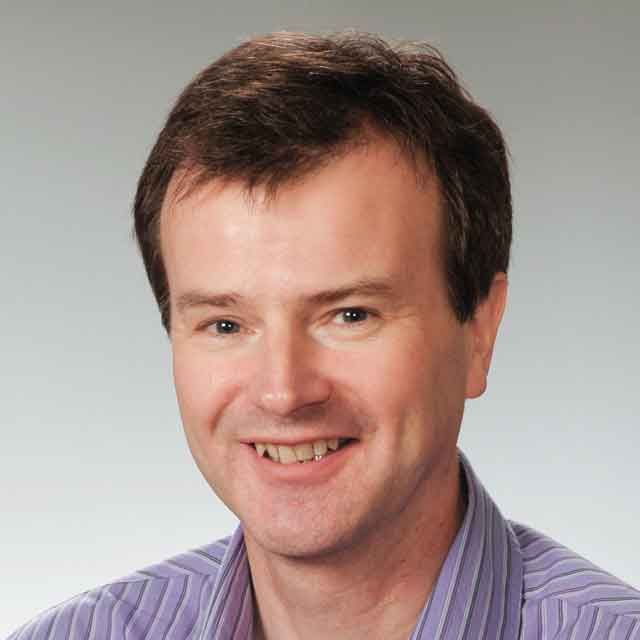
Jeff Chapple
MathWorks
Jeff joined PolySpace as an FAE in July 2004 bringing over 20 years of system & software engineering experience. Previous companies include Ferranti, Siemens-Plessey, Hughes and Raytheon. He has worked on diverse projects from small embedded systems through to large distributed systems, mostly real-time and mission critical. He transferred to The MathWorks in August 2007 as a Senior AE. Jeff has a BSc in Physics from Imperial College, London

Cyrill Glockner
Microsoft Corporation
Cyrill leads all simulation related engagements for Microsoft’s Autonomous Systems group. Prior to joining Microsoft, Cyrill was the Director Technical Product Management at bonsai, a startup focused on Industrial AI. In this role, Cyrill managed platform features that help enterprises and developers utilize AI within their applications. Before joining bonsai, Cyrill launched Verizon’s go90, a mobile video service that delivers free access to the best videos from the Web and TV networks. Prior to Verizon, Cyrill worked for almost two decades in various product and business development roles at Microsoft and Intel.
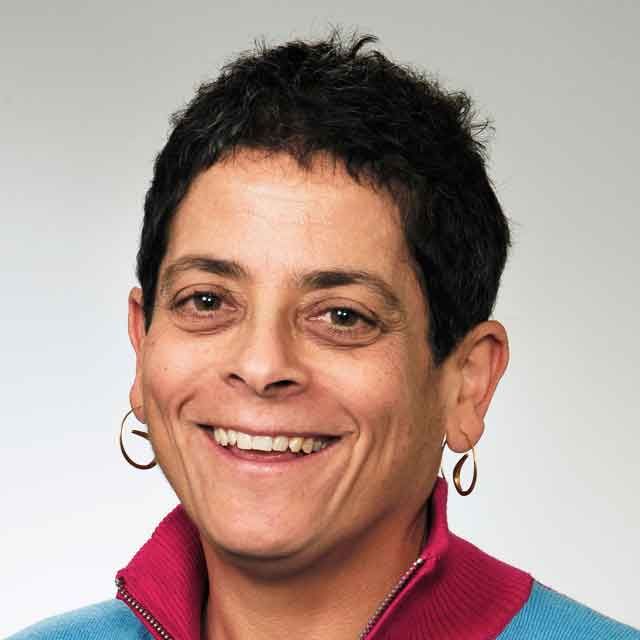
Loren Shure
MathWorks
Loren Shure has worked at MathWorks for over 30 years. For the first 27 of those years, Loren co-authored several MathWorks products in addition to adding core functionality to MATLAB, including major contributions to the design of the MATLAB language. She is currently part of the application engineering team, enabling Loren to spend more time and energy working with customers. She graduated from MIT with a B.Sc. in physics and has a Ph.D. in marine geophysics from the University of California, San Diego, Scripps Institution of Oceanography. She is a senior member of IEEE. Loren writes about MATLAB on her blog, The Art of MATLAB.
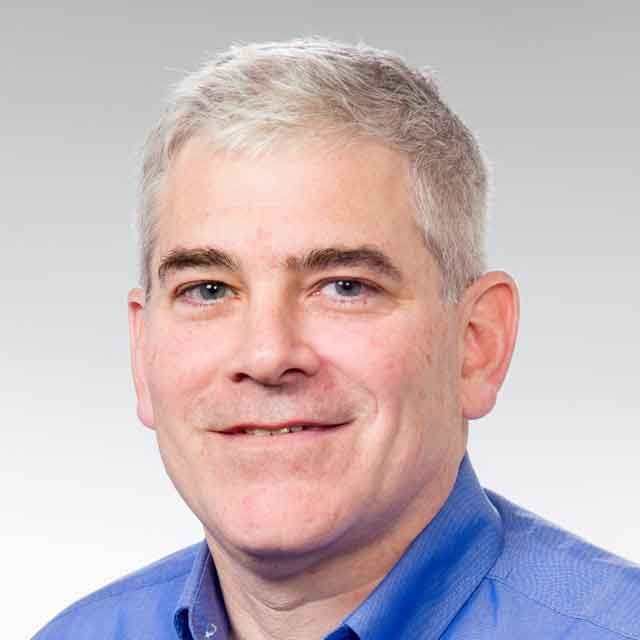
Rick Gentile
MathWorks
Rick Gentile works at MathWorks where he is focused on tools that support radar, EW, and wireless communications applications. Prior to joining MathWorks, Rick was a Radar Systems Engineer at MITRE and MIT Lincoln Laboratory, where he worked on the development of many large radar systems, including an OTH-B radar, the Kwajalein Missile Range radars, and the UEWR systems. His focus was on signal processing and system integration. Rick also was a DSP Applications Engineer at Analog Devices where he led embedded processor and system level architecture definitions for high performance signal processing systems. He received a B.S. in Electrical and Computer Engineering from the University of Massachusetts, Amherst and an M.S. in Electrical and Computer Engineering from Northeastern University, where his focus areas of study included Microwave Engineering, Communications and Signal Processing.

